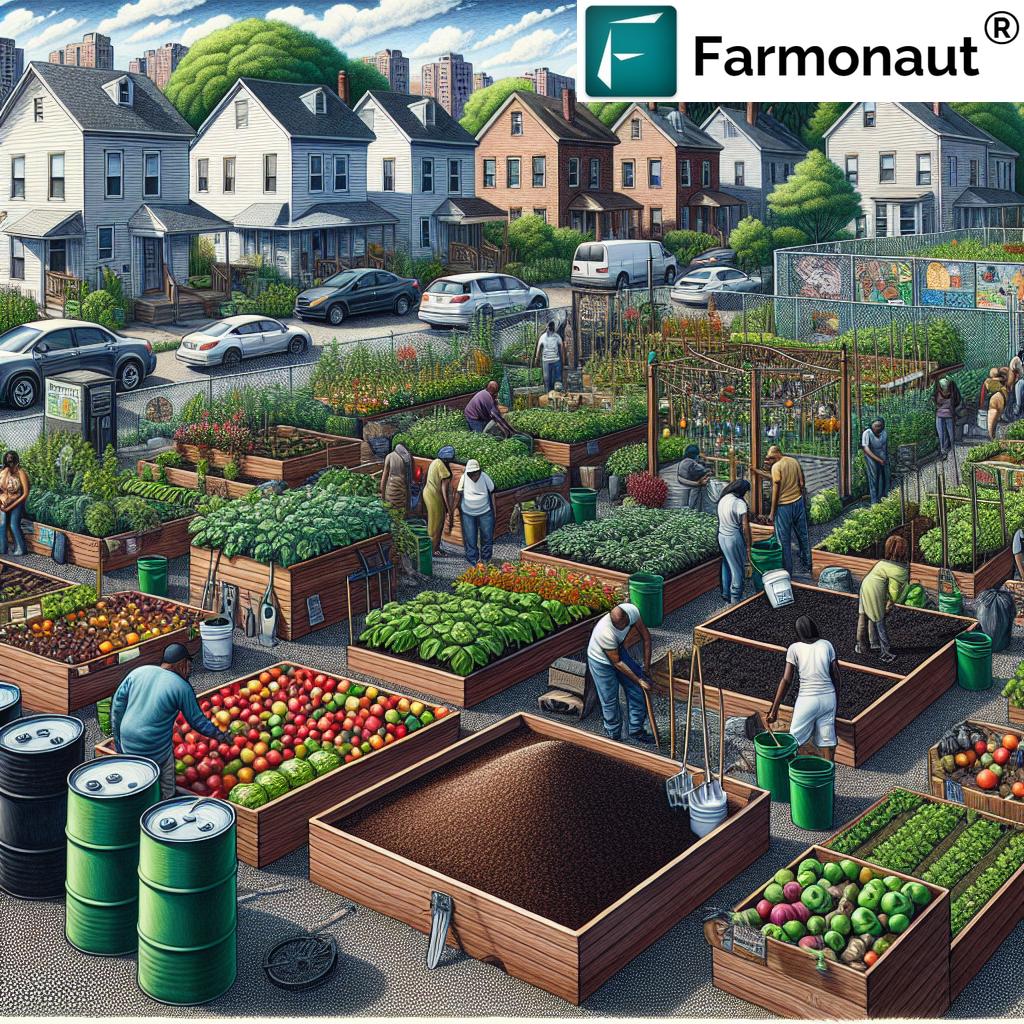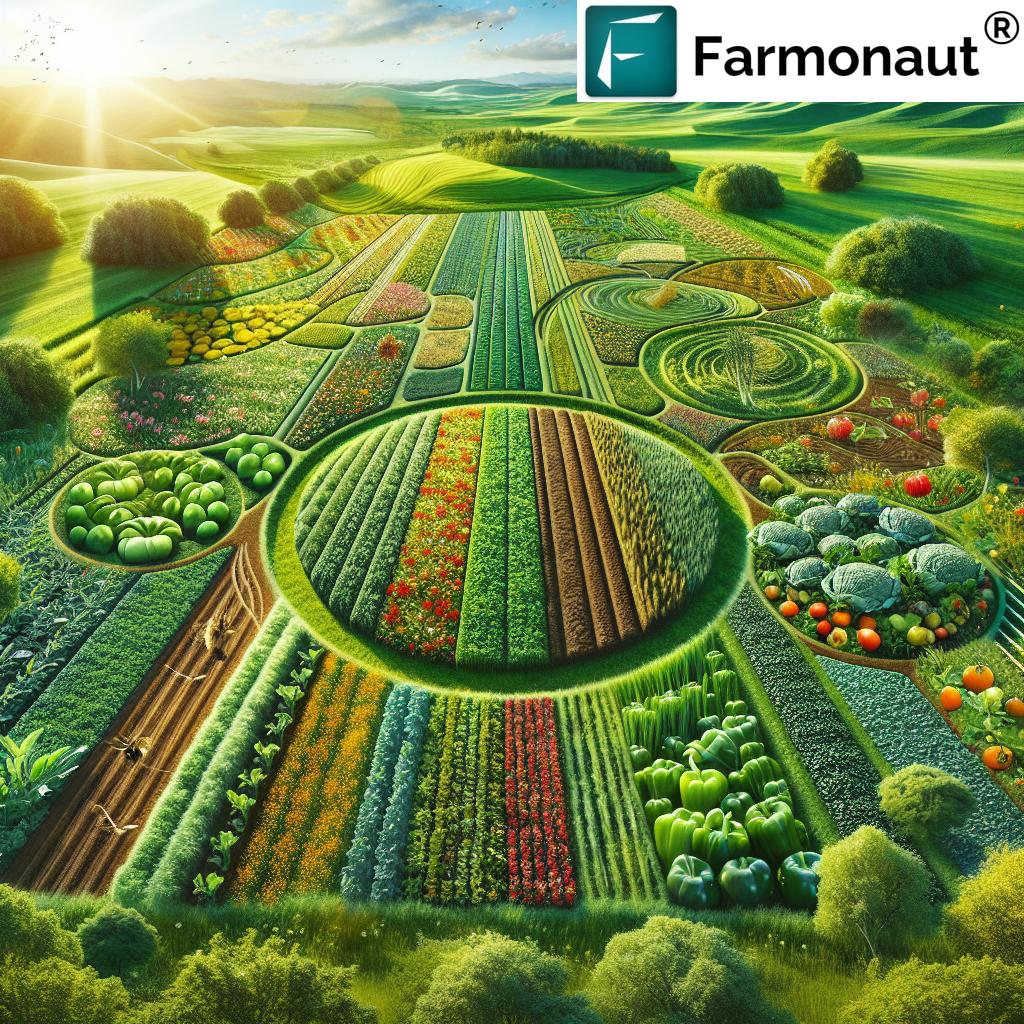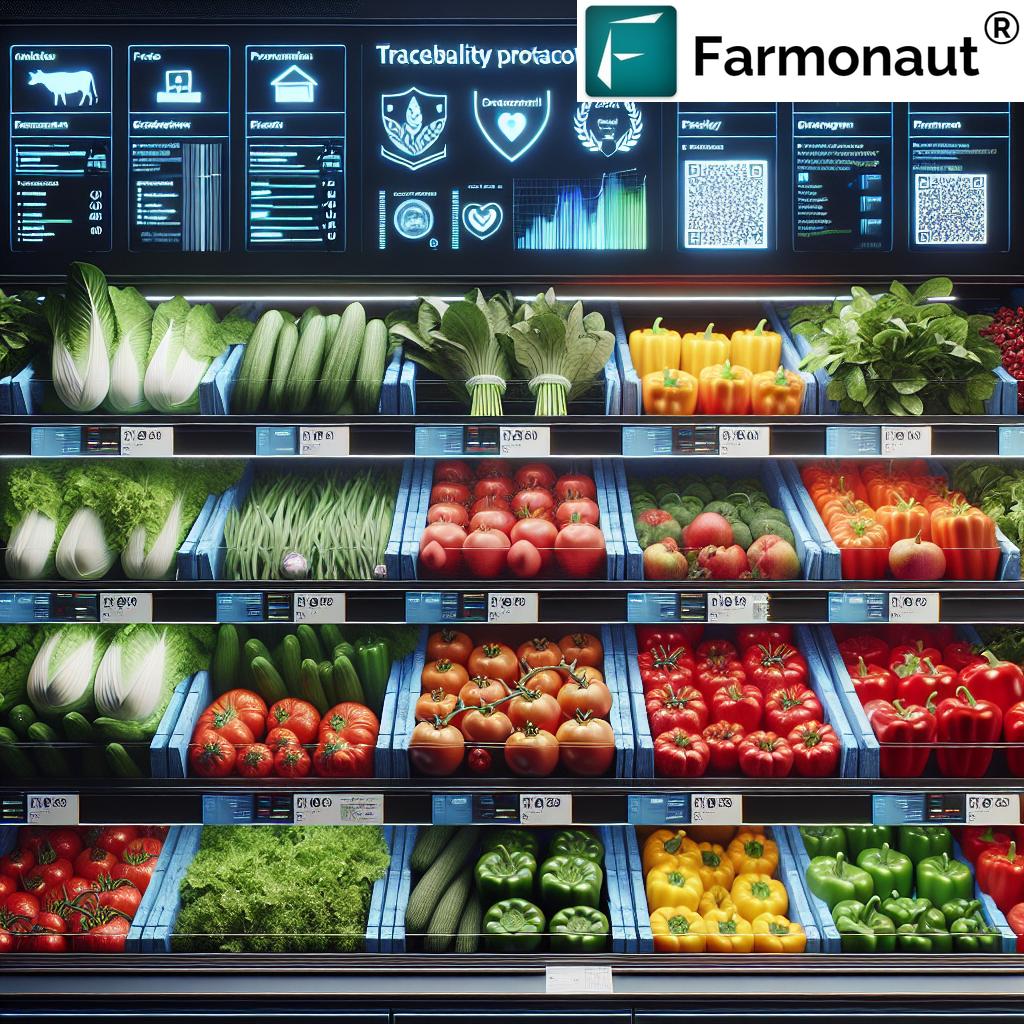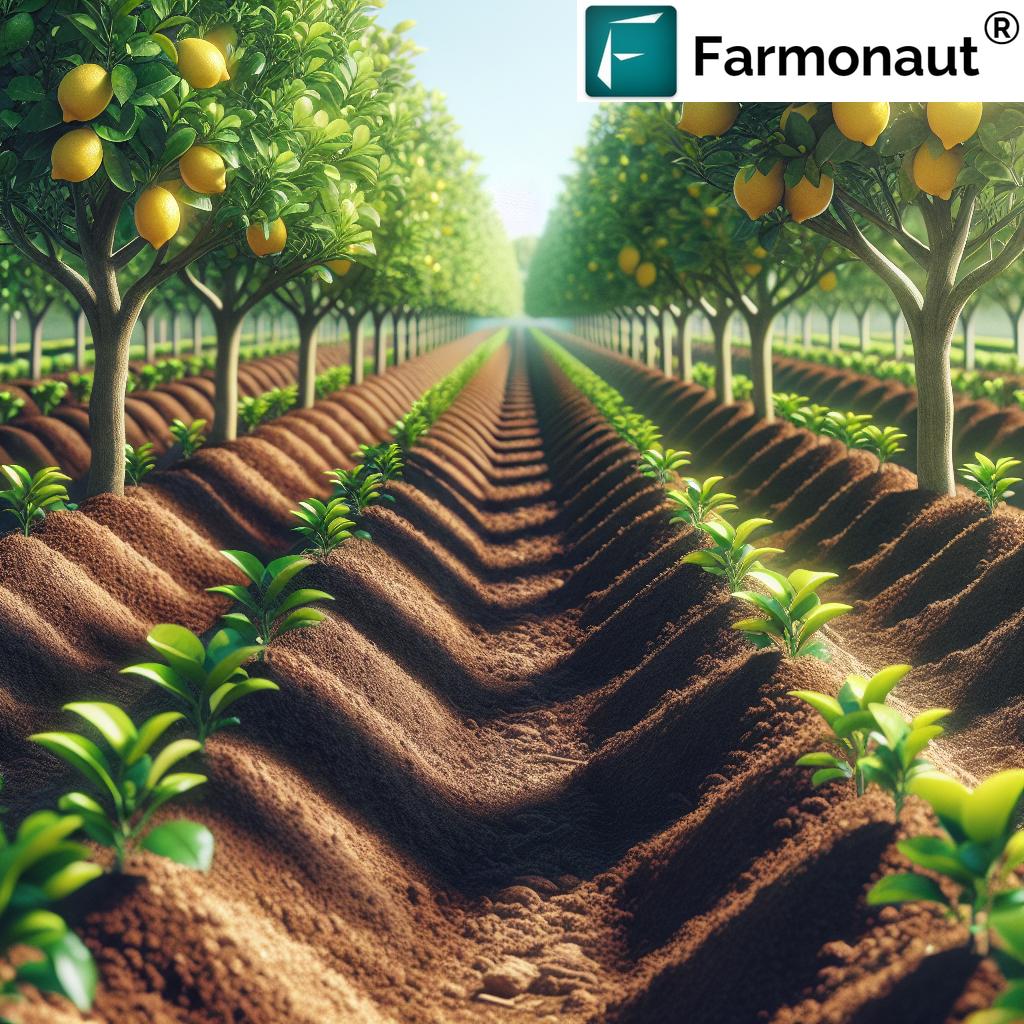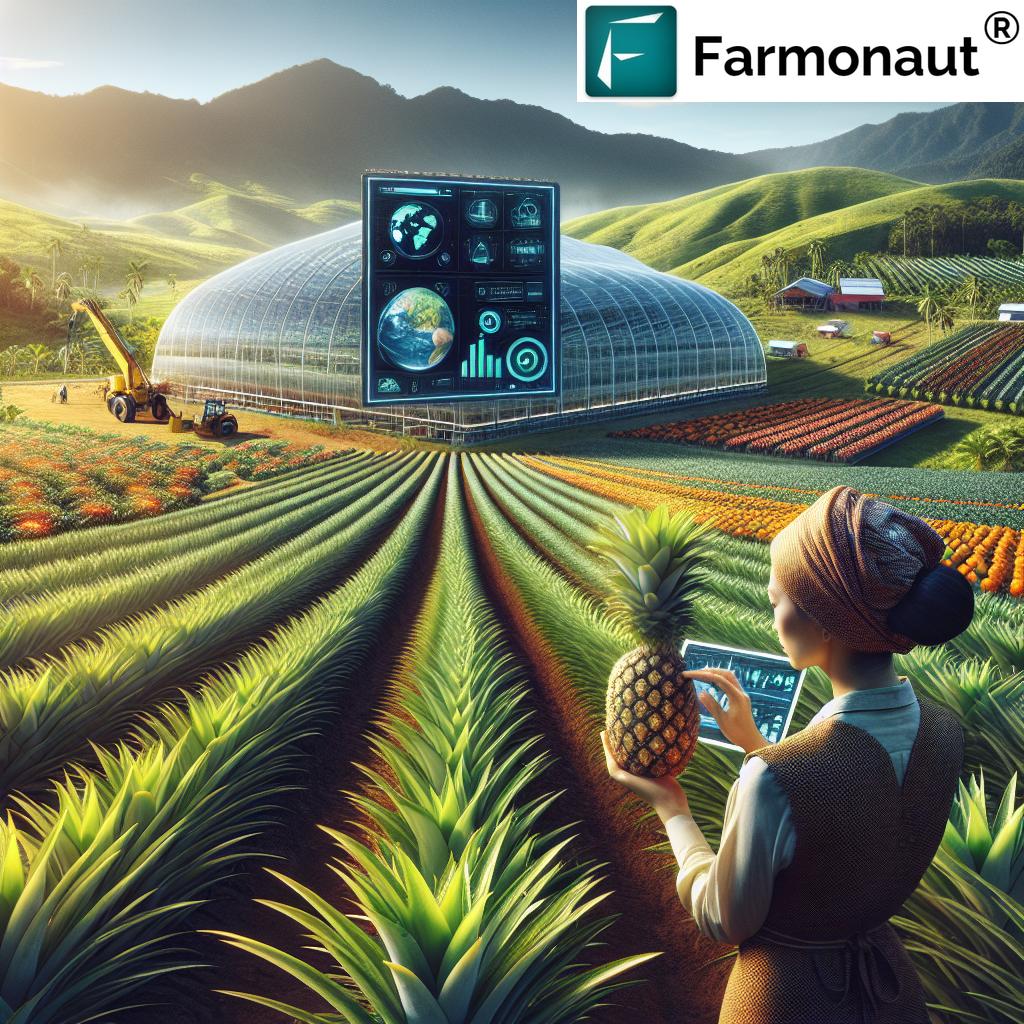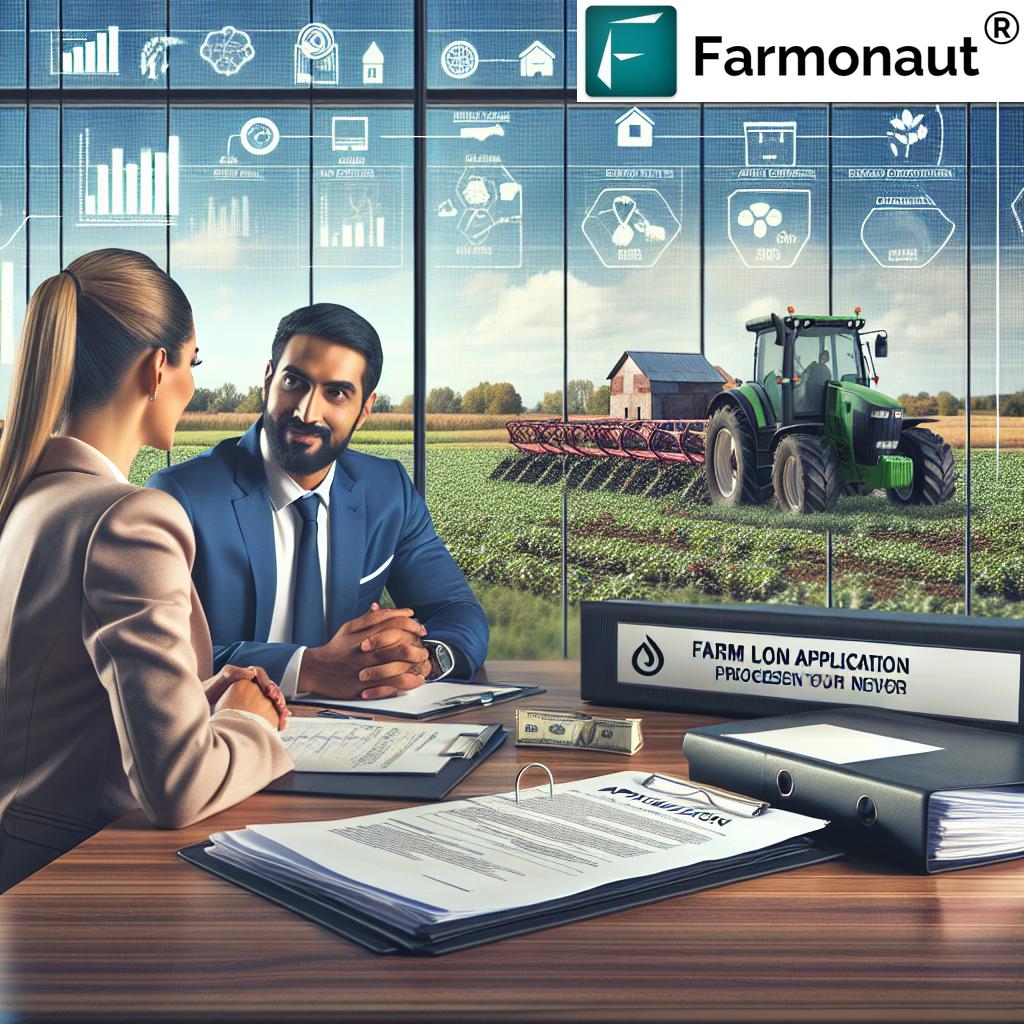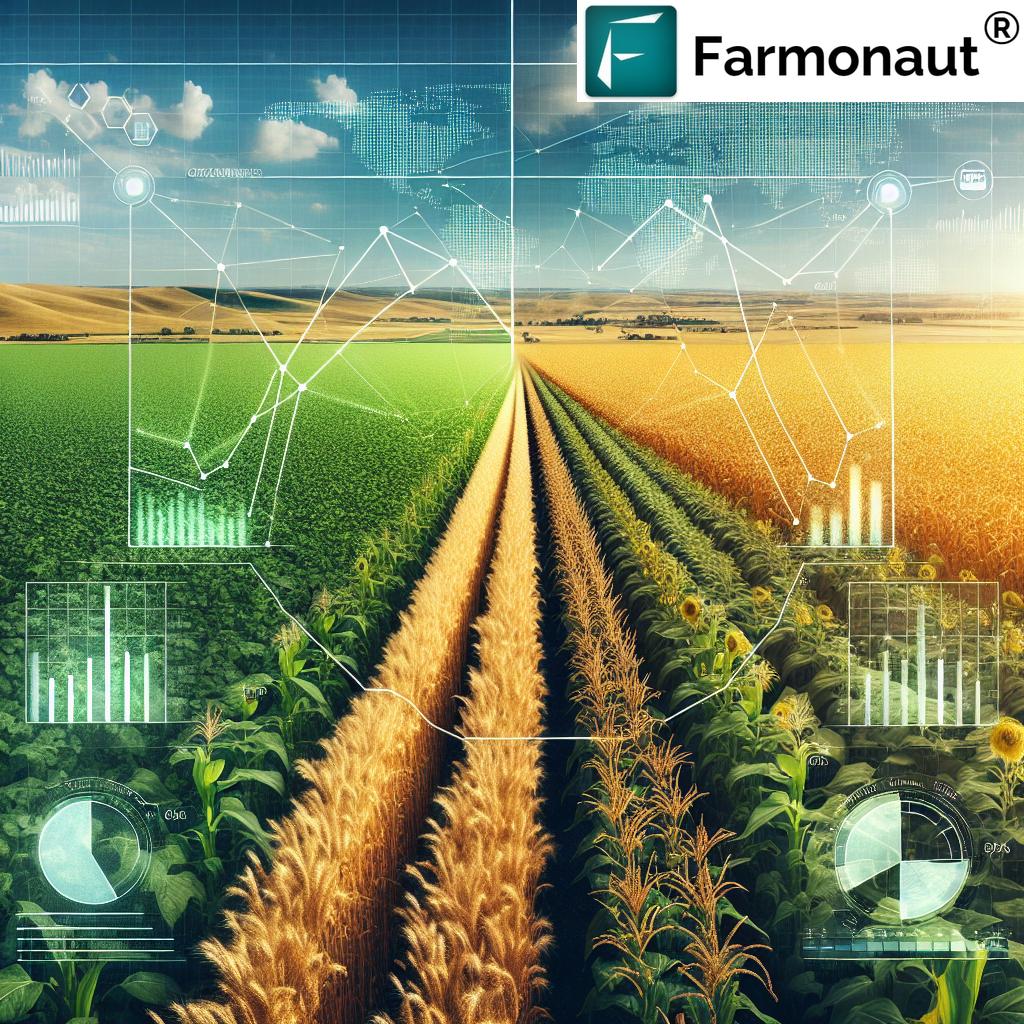Urban Agriculture: 7 Shocking Benefits for Your City
Table of Contents
- Introduction to Urban Agriculture
- Urban Agriculture: 7 Shocking Benefits for Your City
- Environmental Benefits of Urban Agriculture
- Social and Community Benefits
- Economic Benefits of Urban Agriculture
- Health Benefits
- Urban Farming Challenges
- Comparative Benefits Table
- Farmonaut: Empowering Sustainable Urban Agriculture
- FAQ
- Conclusion
What is Urban Agriculture? A Vital Urban Sustainability Trend
Urban agriculture is the practice of cultivating, processing, and distributing food within and around urban settings. As cities become denser, integrating urban agriculture—including community gardens, rooftop farms, vertical farming systems, and aquaponics—has emerged as a powerful way to drive sustainability, build resilient food systems, and enhance urban quality of life.
By transforming underutilized city spaces into productive green havens, we can reimagine our urban landscapes to support fresh food production, community empowerment, and environmental restoration. The benefits of urban farming ripple throughout our neighborhoods, making cities healthier, greener, and more self-reliant. Let’s explore the seven most shocking ways that urban agriculture is transforming our cities!
Urban Agriculture: 7 Shocking Benefits for Your City
Urban agriculture is not just about growing vegetables—it’s about reimagining the relationship between our cities and their natural environment. Here are the seven most surprising benefits that come from integrating agrarian activities into our cityscapes:
- Environmental Impact & Carbon Footprint Reduction
- Urban Heat Island Mitigation
- Biodiversity & Wildlife Habitat Creation
- Stormwater Management & Water Retention
- Community & Social Cohesion
- Economic Opportunities & Local Job Creation
- Improved Health, Nutrition, and Food Security
Environmental Benefits of Urban Agriculture
1. Significant Carbon Footprint Reduction
One of the most profound environmental benefits of urban farming is its power to drive down a city’s carbon footprint. By producing food locally, we minimize our reliance on long-haul transportation, cutting down greenhouse gas emissions linked to industrial food distribution. Studies show that urban agriculture can shrink food transport emissions by up to 30%. This means less pollution, cleaner air, and a healthier urban atmosphere for residents.
How Does It Work?
- Shorter Supply Chains: Locally grown produce travels a few kilometers (or less!) instead of thousands, slashing fuel use and emissions.
- Lower Processing Needs: Community gardens often operate with less packaging and fewer preservatives, enhancing sustainability.
2. Urban Heat Island Effect Mitigation
Breathing new life—and greenery—into concrete jungles means urban agriculture directly combats the urban heat island effect. This effect refers to temperatures in cities being higher than those in surrounding rural areas, largely due to concrete surfaces absorbing and radiating heat. By integrating vegetation through rooftop gardens, vertical farming in cities, and green corridors, we cool our neighborhoods and create more livable urban environments.
- Rooftop Farms: Provide natural insulation, which can lower building energy use by as much as 15%, as documented in numerous urban studies.
- Green Spaces: Help reflect sunlight and release moisture into the air, adding a cooling effect throughout city blocks.
3. Enriching Urban Biodiversity and Wildlife Habitats
Urban farms are not just about food production—they’re platforms for biodiversity. By cultivating a mosaic of crops, flowers, and native plants, we attract pollinators (bees, butterflies) and provide crucial habitats for urban wildlife. This reverses some negative effects of excessive urban development.
- Pollinator Gardens: Flowers and diverse crops attract essential pollinators, ensuring ecosystem balance.
- Wildlife Support: Small mammals, birds, and insects flourish in these restored spaces.
4. Stormwater Management and Water Retention
Properly designed urban farms excel at storm water management. The integration of cultivation beds, rain gardens, and container systems helps retain water, slow runoff, and filter pollutants—reducing both urban flooding and the contamination of waterways.
- Vegetation absorbs rainfall, lowering the pressure on city drainage systems.
- Organic soil & container gardening improve nutrient retention and water absorption.
5. Better Air Quality—Natural Filtration and Oxygen Production
We know that plants filter air pollutants and produce oxygen, but in the dense urban setting, every plant counts even more. The increase in urban agriculture means a boost in citywide air quality, a critical factor for healthy communities.
- Plants absorb carbon dioxide, actively removing harmful gases and particulates.
- Leaf surfaces catch dust and pollutants, while root systems break down contaminants in the soil.
Social and Community Benefits of Urban Agriculture
6. Building Social Cohesion and Neighborhood Identity
Perhaps one of the most uplifting benefits of urban farming is its ability to foster community—connecting residents of diverse backgrounds with a shared purpose. Community gardens are gathering hubs, where people collaborate, share knowledge about gardening and cultural food traditions, and transform public spaces into vibrant, welcoming landscapes.
- Intergenerational Learning: Children, adults, and seniors garden side-by-side, preserving and passing down local traditions.
- Empowerment: Urban agriculture initiatives support social development, mutual aid, and resilience.
- Farmonaut brings transparency and trust with blockchain-based produce traceability—enabling communities to know the journey of their food from cultivation to consumption.
7. Educational Opportunities and a Living Urban Classroom
A thriving city farm is a real-world educational platform. Schools, community groups, and individuals can learn about nutrition, science, sustainability, and food security. This education fosters greater understanding of the environmental impacts of urban agriculture and empowers future farmers and conscious consumers.
- Hands-on Science: Kids learn biology, soil health, and ecology in real time.
- Health and Nutrition Training: Residents see firsthand the value of fresh, seasonal produce.
- Farmonaut’s carbon footprinting tool equips urban farm managers with data, helping them teach sustainable practices and demonstrate the tangible reductions in urban carbon emissions.
Cultural Preservation and Diversity
Urban farms support the growth of crops with cultural significance, enabling the retention of family recipes, holidays, and traditional foodways. Gardens become bridges, connecting communities through food and shared history.
Economic Benefits of Urban Agriculture
Local Economy Boost
Urban agriculture creates a new local economy—one based on jobs in farming, local produce distribution, processing, and even value-added food products. This generates employment and supports entrepreneurship in both established and underserved neighborhoods.
- Job Creation: Urban farming supports careers in cultivating, harvesting, logistics, retail, and education.
- Farmers gain new revenue streams, and consumers benefit from direct farm-to-table markets.
- Fleet management helps urban agri-businesses reduce transport, fuel costs, and logistics inefficiencies—streamlining produce delivery from local farms to consumers and city markets.
Property Value Enhancement & Neighborhood Beautification
Neighborhoods with lush green spaces—from rooftop gardens to thriving community plots—are more attractive, potentially raising property values and encouraging real estate investment. This beautification can also curb crime and foster pride in local surroundings.
Household Savings and Economic Resilience
- Growing your own food (in community or backyard gardens) reduces grocery bills, especially in areas with high food prices or limited access (“food deserts”).
- Participating in local large scale farm management through shared apps and technology solutions enables urban residents to maximize their growing spaces and returns.
Waste Reduction & Circular Economy Potential
- Many urban agriculture initiatives close the loop by composting local organic waste, reducing landfill burden, and returning nutrients to the soil for new crops.
- Onsite composting and soil amendment save on municipal disposal and fertilization costs.
Farmonaut’s real-time crop and resource management tools give urban farmers and planners data to reduce water and fertilizer waste—lowering input costs and increasing ROI.
Urban Agriculture for Health, Nutrition, and Food Security
Health and Diet Improvement
With urban gardens and farms on our doorsteps, we gain simpler access to fresh, nutrient-dense produce. This means better nutrition and dietary diversity, key to disease prevention and overall wellbeing.
- Freshness Matters: Shorter distribution routes ensure produce is picked close to peak ripeness, boosting nutritional value.
- Diverse Crop Choices: Urban communities can choose to grow culturally important and heirloom crops—expanding access to a wide range of vitamins and minerals.
Physical and Mental Wellbeing
- Gardening is proven moderate exercise, increasing daily physical activity and reducing chronic disease risks.
- Contact with plants and soil has measurable benefits for mental health, including lower cortisol (stress) levels and improved mood.
Food Security in Urban Food Deserts
One of the most impactful contributions of urban agriculture is in bridging food gaps in “food deserts”—urban areas that lack affordable access to fresh fruits and vegetables. Local production means affordable, accessible, and culturally appropriate food choices for all residents.
Farmonaut’s satellite-powered crop loan and insurance verification boosts urban farmers’ financial security while helping lenders ensure credible risk management in emerging urban agri-ventures.
Food Safety and Dietary Control
- Urban agriculture allows local growers to control what goes into (or onto) crops—ensuring safer food with less reliance on pesticides, chemical fertilizers, or unknown inputs.
Urban Farming Challenges and Solutions
While the benefits of urban farming are significant, we must also recognize and address key urban farming challenges to build resilient, sustainable city foodscapes.
1. Space Constraints
Urban areas are densely built, with little available land for cultivation. Solutions include vertical farming in cities, rooftop gardens, container gardening, and utilizing brownfields—formerly vacant or under-used spaces.
2. Soil Quality and Contamination Risks
City soils may be contaminated by heavy metals, chemicals, or past industrial use. Testing and use of raised beds or containers can reduce exposure risks. Remediation and monitoring are crucial for safe produce.
3. Water Access & Urban Water Management
Water is a valuable resource. Urban agriculture often uses efficient drip irrigation, rainwater harvesting, and soil mulching to ensure crops thrive with minimal water waste.
4. Regulatory Hurdles and Zoning Laws
Urban zoning laws and health codes can be outdated or restrictive. Navigating permits for greenhouses, hoop houses, or aquaponic systems requires engagement with local authorities and community advocacy.
5. Economic Viability
Start-up costs for equipment and infrastructure, and competition with large-scale agriculture, can challenge small urban farmers. Innovative business models, microloans, crowdfunding, and technology reduce barriers.
6. Technical Knowledge
Urban farm success requires modern technical know-how—from crop selection and pest management to precision agriculture, crop scheduling, and post-harvest handling. Apps and digital advisory platforms, such as Farmonaut, empower growers with up-to-date data and expert guidance.
7. Community Acceptance and Engagement
Change can bring resistance. Some residents may object to perceived nuisances: noise, odors, or aesthetics. Transparent communication, community meetings, and educational programs help cultivate local support.
Comparative Benefits Table: Urban Agriculture’s Citywide Impact
| Benefit | Estimated City-Wide Impact | Example Implementation | Sustainability/Environmental Relevance |
|---|---|---|---|
| Carbon Footprint Reduction | Up to 30% drop in food transport emissions; 10–20% total city emissions reduction with high adoption | Community gardens, rooftop farms, hyperlocal produce markets | Cuts greenhouse gas emissions by producing food locally, reducing transport and packaging |
| Urban Heat Island Mitigation | Temperature reduction of 1–3°C in pilot areas; 10–15% lower building cooling costs | Green roofs, vertical gardens on buildings | Adds vegetative cover for shade, evaporative cooling, and energy savings |
| Biodiversity Enhancement | Reintroduction of up to 20+ pollinator species; city bird/insect population boosts | Native wildflower gardens, polyculture farming, aquaponics | Restores wildlife habitats, supports pollinators, and enhances overall urban ecosystem health |
| Stormwater Management | Reduction in peak runoff by up to 40% in urbanized areas | Rain gardens, raised beds, permeable farm surfaces | Improves water infiltration, reduces flooding, and filters pollutants before entering waterways |
| Community Social Cohesion | 50–75% increase in neighborhood engagement, reduced crime rates | Shared urban farms, school gardens, garden clubs | Strengthens social ties, shared responsibility, and community resilience |
| Economic Opportunities | 150–400% job growth in local agri-businesses in active cities | Urban produce markets, value-added local products, city farmers’ co-ops | Expands employment, boosts local economies, cultivates entrepreneurship |
| Food Security & Health | Up to 30% increase in fresh food access in “food desert” districts | Community-supported agriculture (CSA), school nutrition gardens, container farms | Reduces hunger, improves nutrition, empowers self-sufficiency |
Farmonaut: Empowering Sustainable Urban Agriculture with Smart Technology
At Farmonaut, we believe the future of urban agriculture is precision, sustainability, and accessibility. Our advanced, satellite-powered farm management platform unlocks the power of data-driven decisions for city, peri-urban, and rural farms alike.
How Farmonaut’s Solutions Serve Urban Farmers:
- Satellite Farm Monitoring: Track crop health, soil moisture, and vegetation indexes in real time—enabling optimized irrigation, fertilization, and resource use for sustainable urban food production.
- Jeevn AI Advisory: Personalized crop advice and weather alerts for urban gardens, ensuring maximum productivity.
- Blockchain Traceability: Certify the journey of urban-grown produce, enhancing transparency, authenticity, and market trust.
- Fleet & Resource Management: Streamline logistics across community or citywide urban agri-projects—lowering operational costs and emissions.
- Carbon Footprinting: Quantify and manage your farm or urban garden’s carbon impact, improving environmental sustainability citywide. Learn More
Experience Farmonaut Anywhere:
Developers: Integrate precision ag data into your own systems—discover our API and Developer Docs!
FAQ: Urban Agriculture for Sustainable Cities
What is urban agriculture, and how does it differ from traditional farming?
Urban agriculture is the practice of cultivating, processing, and distributing food in and around cities. Unlike traditional rural farming, it utilizes vertical farming, rooftop gardens, container systems, and repurposed urban spaces to produce local food, often with a focus on community, sustainability, and food security.
How does urban agriculture contribute to environmental sustainability?
It reduces carbon emissions by cutting down food transportation, mitigates the urban heat island effect through added vegetation, promotes biodiversity by supporting wildlife and pollinators, and improves air and water quality through natural filtration and stormwater management.
What are the economic benefits of urban farming for my city?
Urban agriculture creates local jobs in farming, food retail, and agri-processing; lowers grocery costs for families; increases property values; and stimulates the local economy. By integrating technology—such as satellite monitoring or fleet management—cities can further optimize and scale these benefits.
What challenges do urban farmers face, and how can they be addressed?
Urban farmers contend with limited space, soil contamination risks, water access constraints, regulatory hurdles, and the need for technical know-how. Solutions include vertical farming, raised or container gardens, soil testing, water-efficient irrigation, digital advisory platforms, and community engagement.
How can technology like Farmonaut support urban agriculture?
Farmonaut provides satellite-based crop health monitoring, AI-powered advisory tools, blockchain traceability, fleet/resource management, and carbon footprint tracking—helping urban farmers maximize yields, reduce costs, and foster data-driven sustainability.
Can urban agriculture really improve food security?
Absolutely. By producing food locally, especially in underserved neighborhoods, urban agriculture bridges supply gaps, lowers costs, and increases access to healthy, safe, and culturally relevant foods.
Where can I access the Farmonaut platform and tools?
You can access Farmonaut via our web application, Android app, or iOS app. Developers can explore our API portal for custom integrations.
Conclusion: Urban Agriculture is the Future of Sustainable Cities
Urban agriculture is far more than a gardening trend—it’s a multidimensional strategy delivering profound environmental, economic, health, and community benefits to our cities. By embracing local farming, rooftop and vertical cultivation, and digital technologies, we can turn cities into engines of resilience, equity, and sustainability.
The path to vibrant urban food production is not without its challenges. Space constraints, technical knowledge, and economic hurdles remain real. Yet, as urban agriculture initiatives grow, so do our collective abilities—thanks to data, collaboration, and tools like those provided by Farmonaut.
Let’s grow healthier cities, together: integrating farming across our urban landscapes for today’s needs, and tomorrow’s sustainable future.
For innovative, scalable, and sustainable urban farming solutions, explore Farmonaut—making precision and sustainability simple for every urban farmer!



